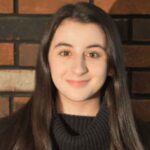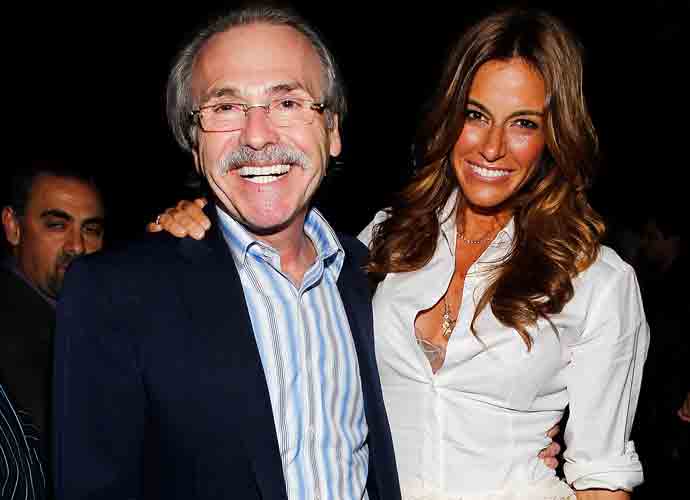VIDEO EXCLUSIVE: Alex Williamson & Tom Hugh-Jones Reveal Challenges Of Making Nature Films
Producers Alex Williamson and Tom Hugh-Jones discussed how they bring new worlds to viewers with their new Earth Day documentaries for Apple TV+, in their new uInterview.
“In natural history we’re always looking for new stories, new characters, untold tales,” Williamson said.
Williamson’s Earth At Night In Color crew uses “next generation technology” to illuminate the lives of nocturnal animals in six continents over the span of 75 shoots.
“I’ve always been fascinated by the night,” he said, “it’s this kind of plethora of unusual characters and weirdos, and so much of what goes on after dark is undocumented or uncharted, so it felt like a really rich place to be pointing our cameras in order to try and capture never-before-seen behaviors and characters.”
The crew used astronomy lenses in order to let enough light in to the camera to get clear close-up shots of far-away animals.
“Everything was made more difficult by the dark,” Williamson said. “One story I like, was when we were filming fireflies … they couldn’t put any insect repellent on because the insect repellent clearly would repel the fireflies so these poor teams are out at night trying to film these tiny little fireflies in swarms of mosquitos getting bitten to pieces.”
While Williamson explained that his documentary pitch went over well with Apple TV executives, Hugh-Jones said Tiny World seemed like a harder sell.
“You know if you go to a commission and say you want to make a film about bugs and spiders that is probably the biggest turn-off in the television world,” Hugh-Jones said, laughing. “But I still really believed that there was something really fascinating about this kind of complete other world that people had never really experienced or looked into and it’s all about using technology and storytelling to bring it to life. So when I took it to Apple to suggest we did it they were right behind it.”
He explained that Apple told him to “go big” on his Tiny World idea, allowing him to gather a large team, sending people all over the world and spending 10 years filming the project.
“When you’re filming small creatures, actually the challenge of the filming only get bigger and bigger and bigger because they’re really hard to focus on, they’re actually really hard to film and find,” he said. “One of the spiders we were filming, the peacock jumping spider, is about the size of a lentil.”
One way to get cinematic shots of such small creatures — employ first-person drone racing pilots “to try and give the perspective of a humming bird or a bee as it flies through its environment,” Hugh-Jones said. “And then we used a lot of robotic equipment to move the camera in a way that would feel dynamic, but also smooth because when you’re moving things on that small scale any kind of wobble or jolt becomes magnified, and that’s like a hideous mistake.”
“The natural world is a beautiful place, but it’s also a fragile and delicate place and you know it’s about getting the audience to appreciate the natural world that we have,” said Williamson. “And I think that certainly on our series, and Tom’s series it’s about revealing these untold and hidden heroes that we don’t often get to see, and it’s the kind of variety of life on Earth, and for me it’s about you know we got to protect it and to do that we have to appreciate it.”
“And the little guys need your love too,” added Hugh-Jones, “just because you don’t see them, it doesn’t mean that they’re not important.”
RELATED ARTICLES
Get the most-revealing celebrity conversations with the uInterview podcast!









Leave a comment